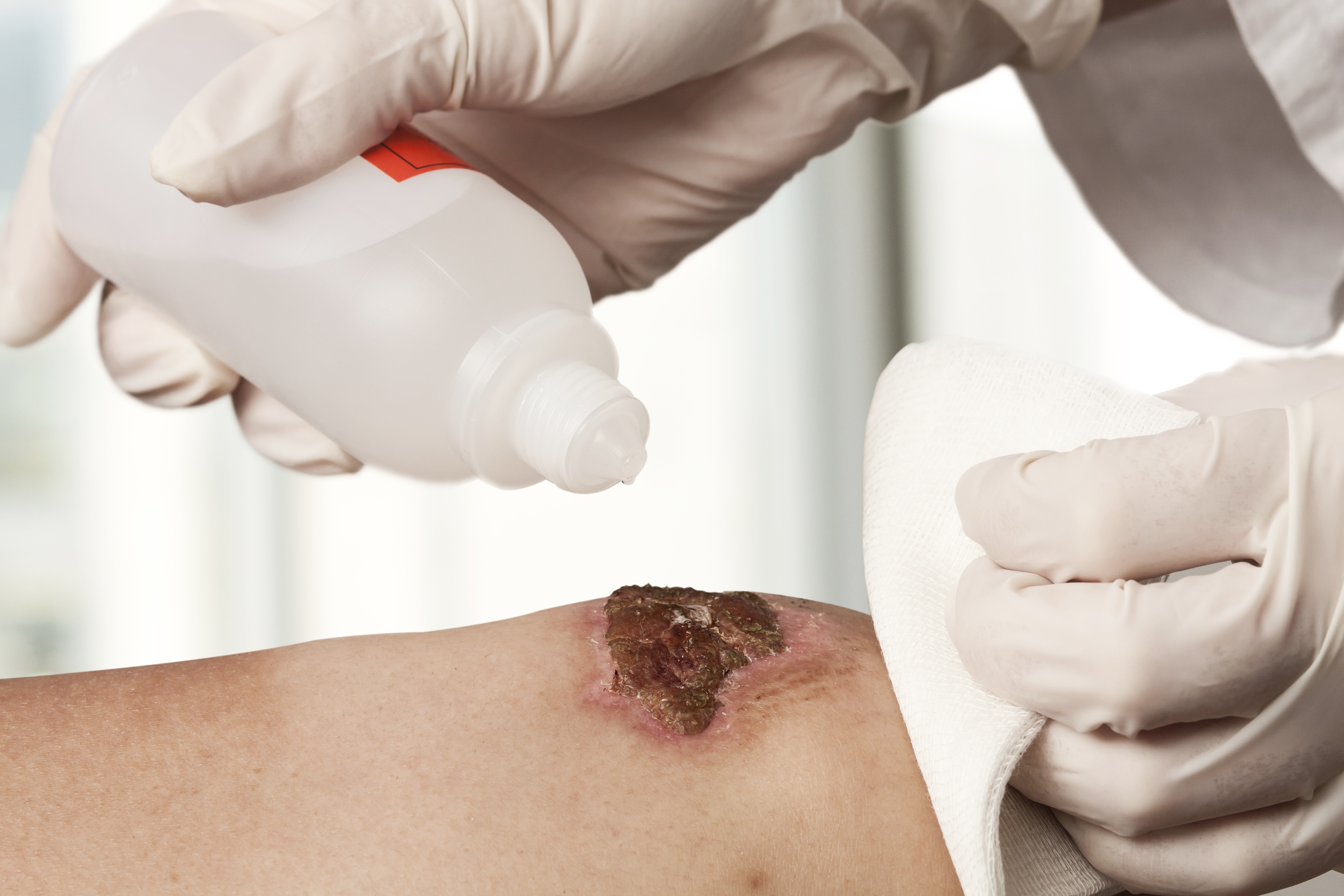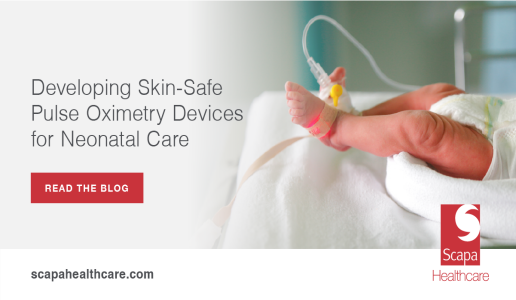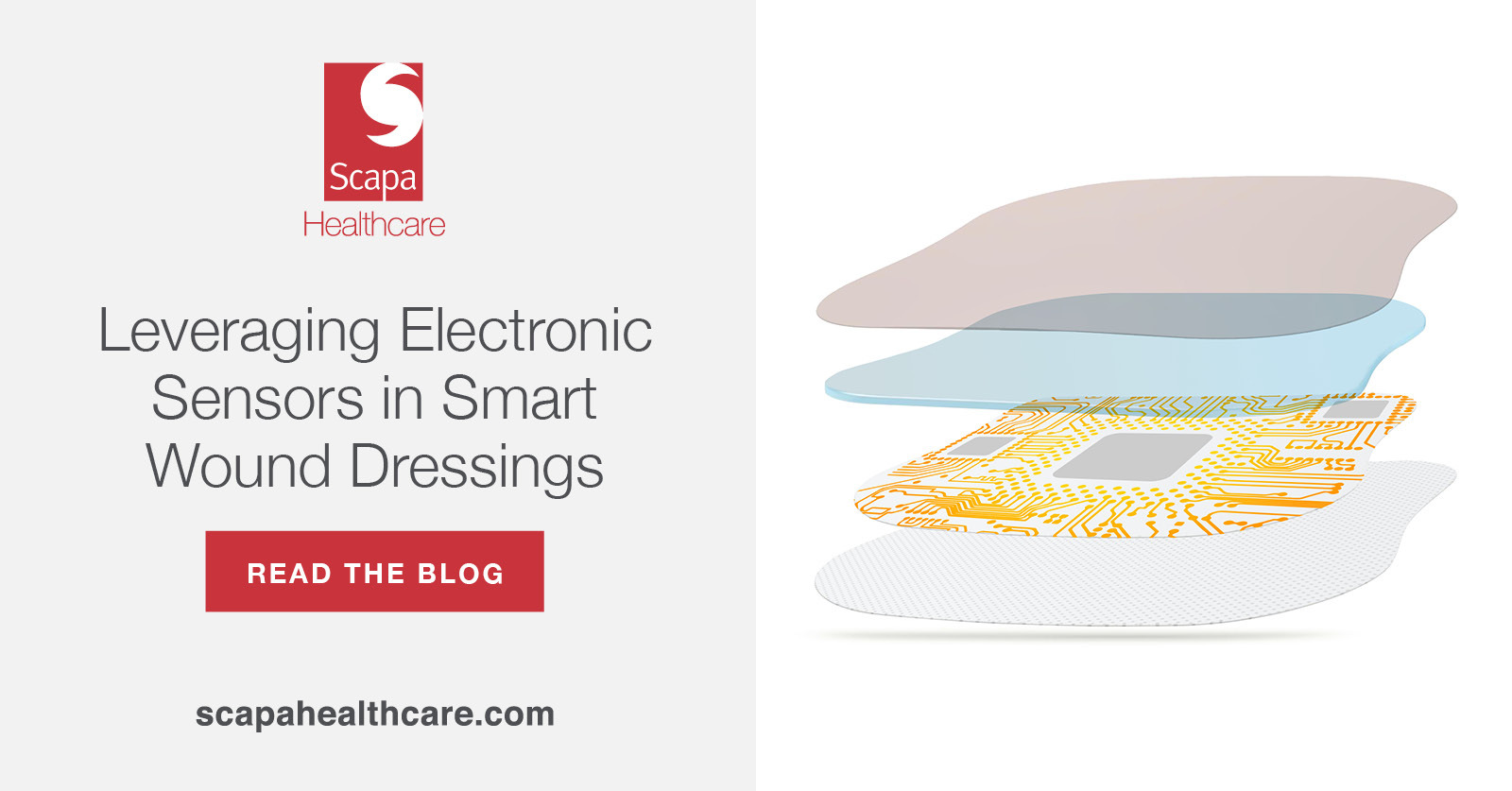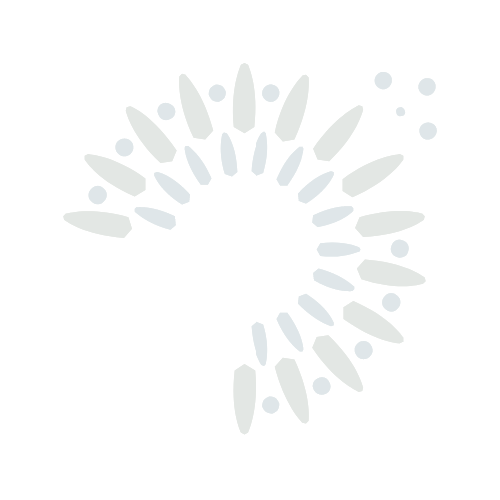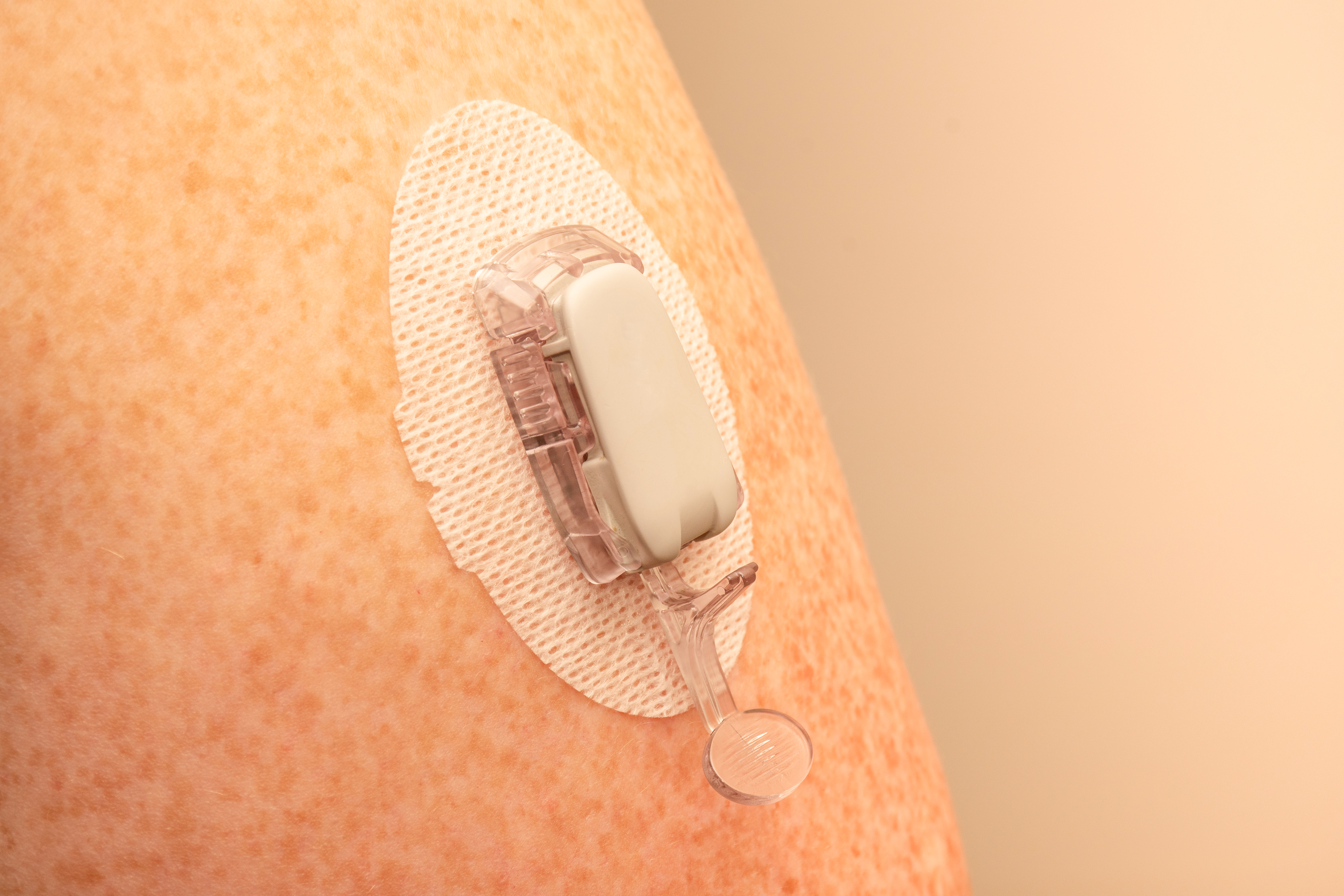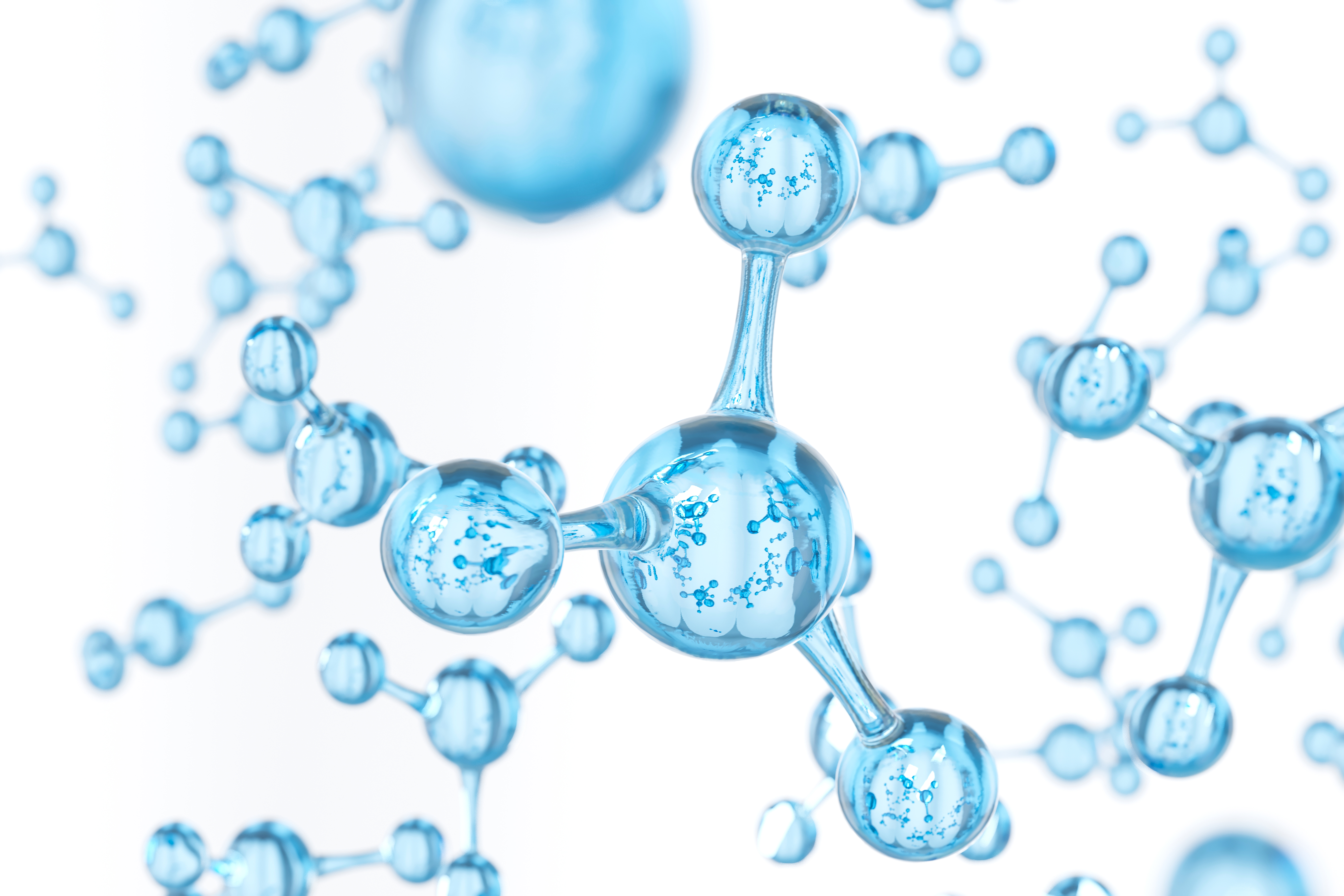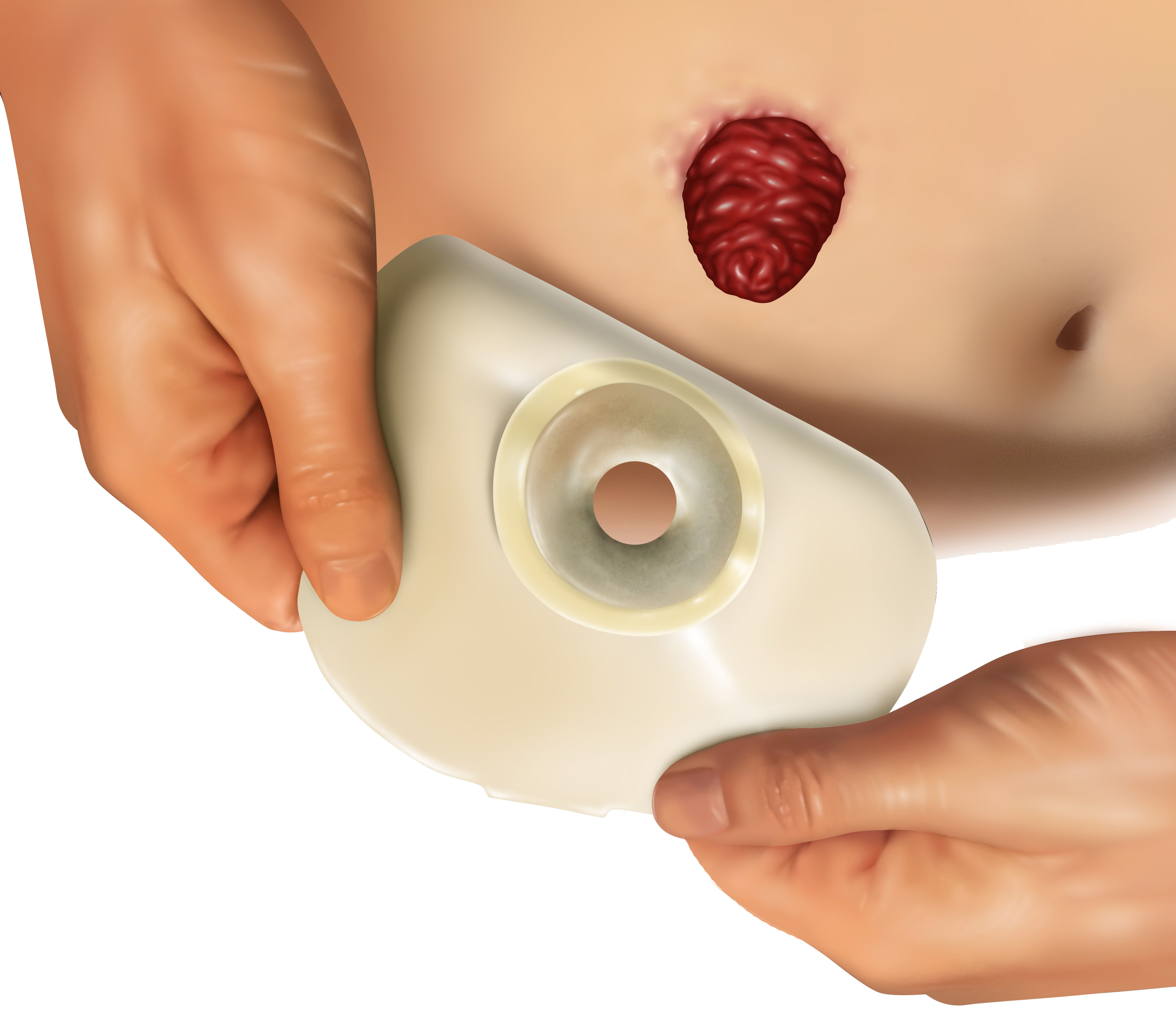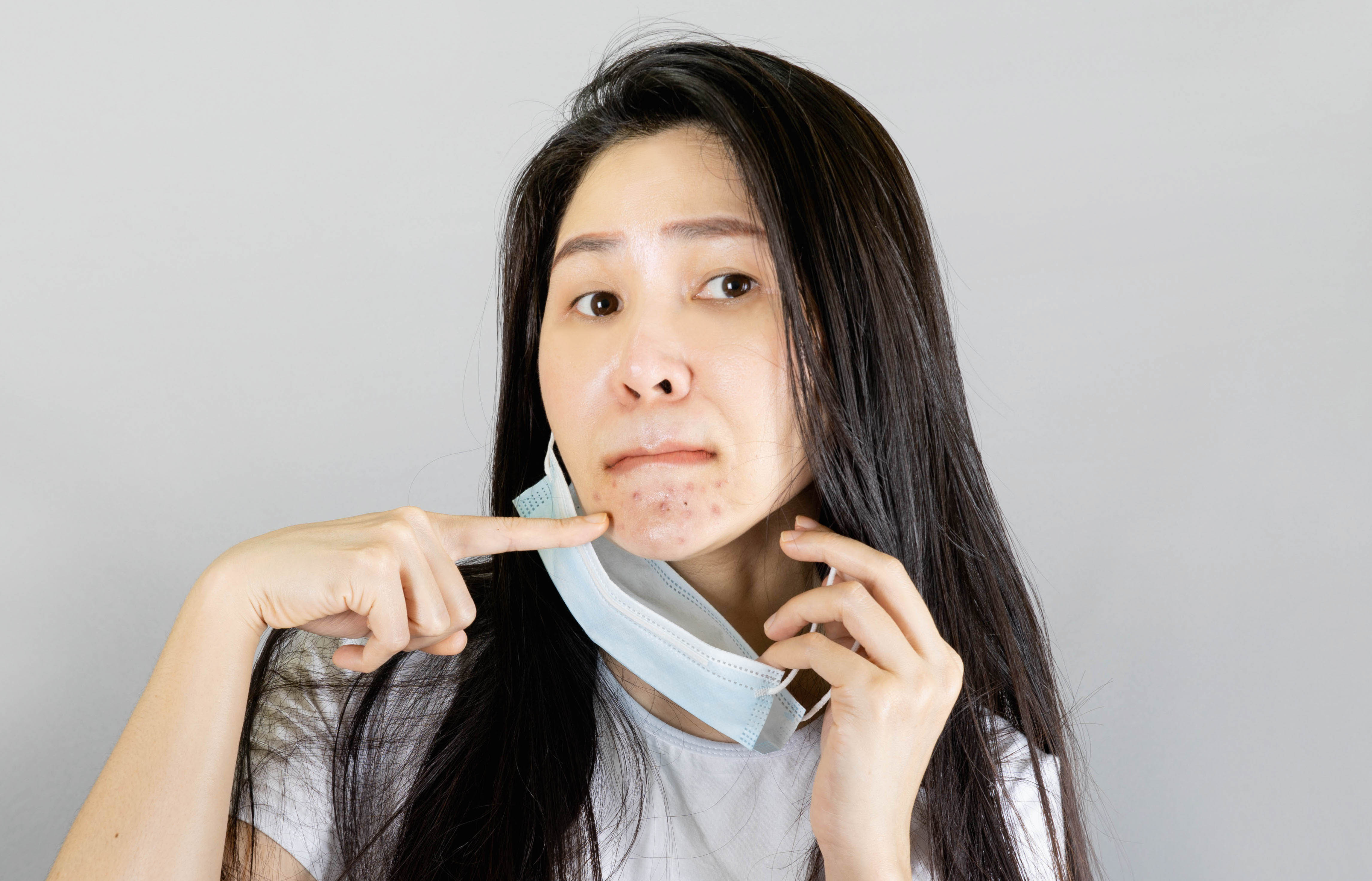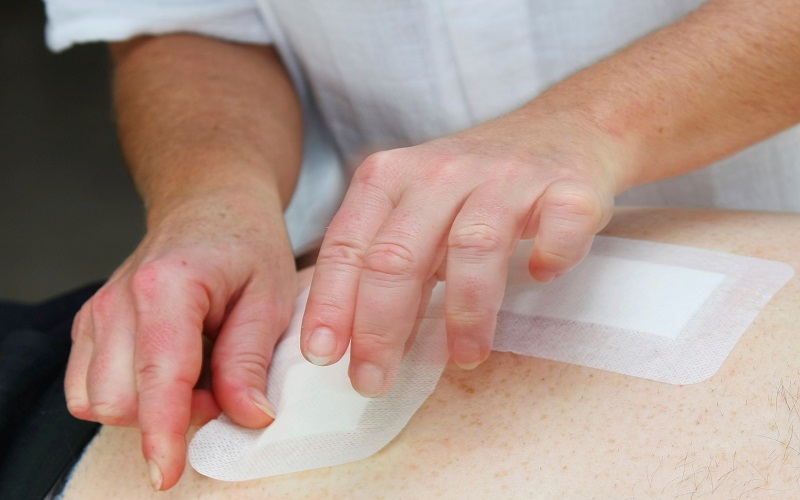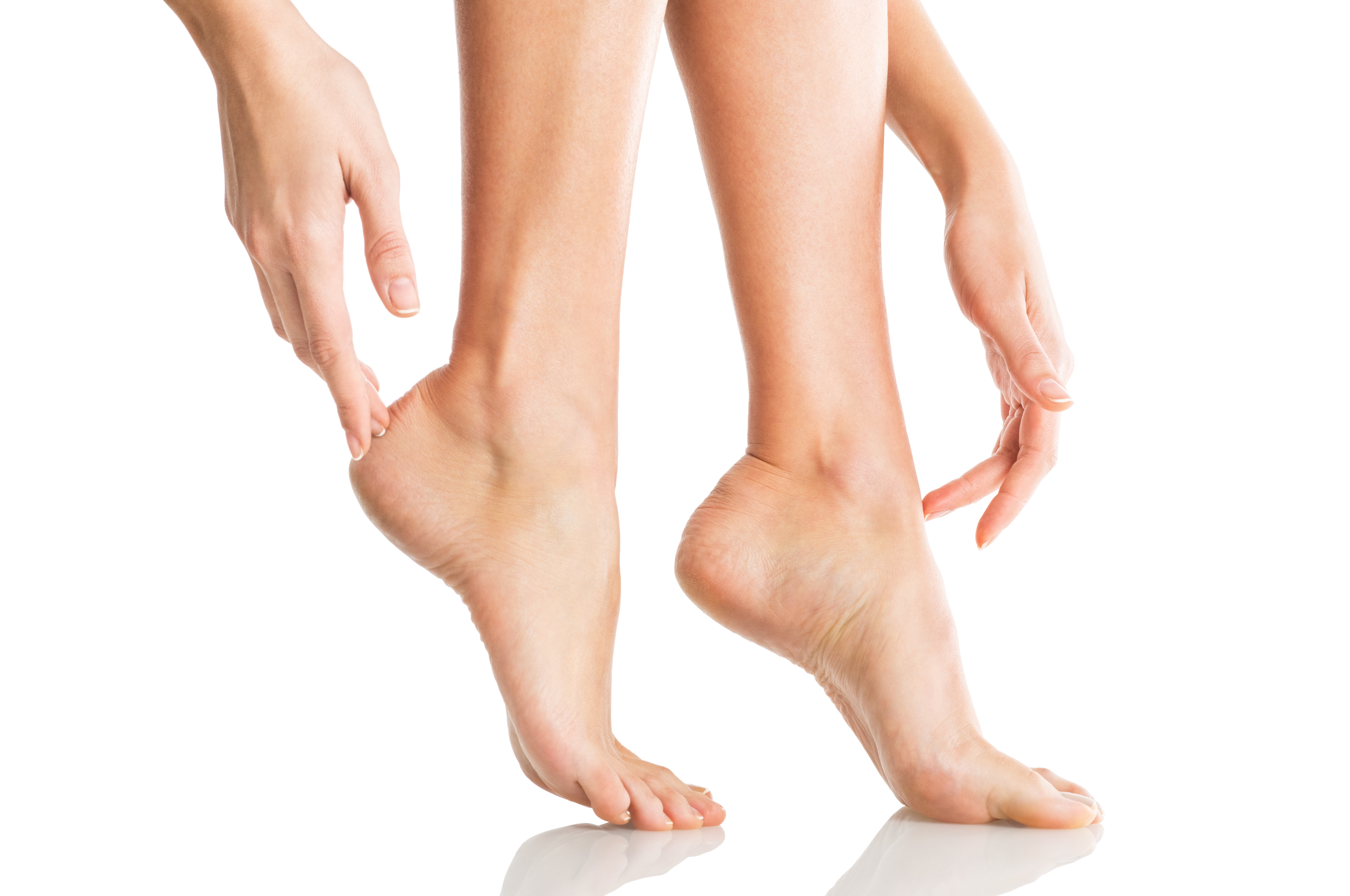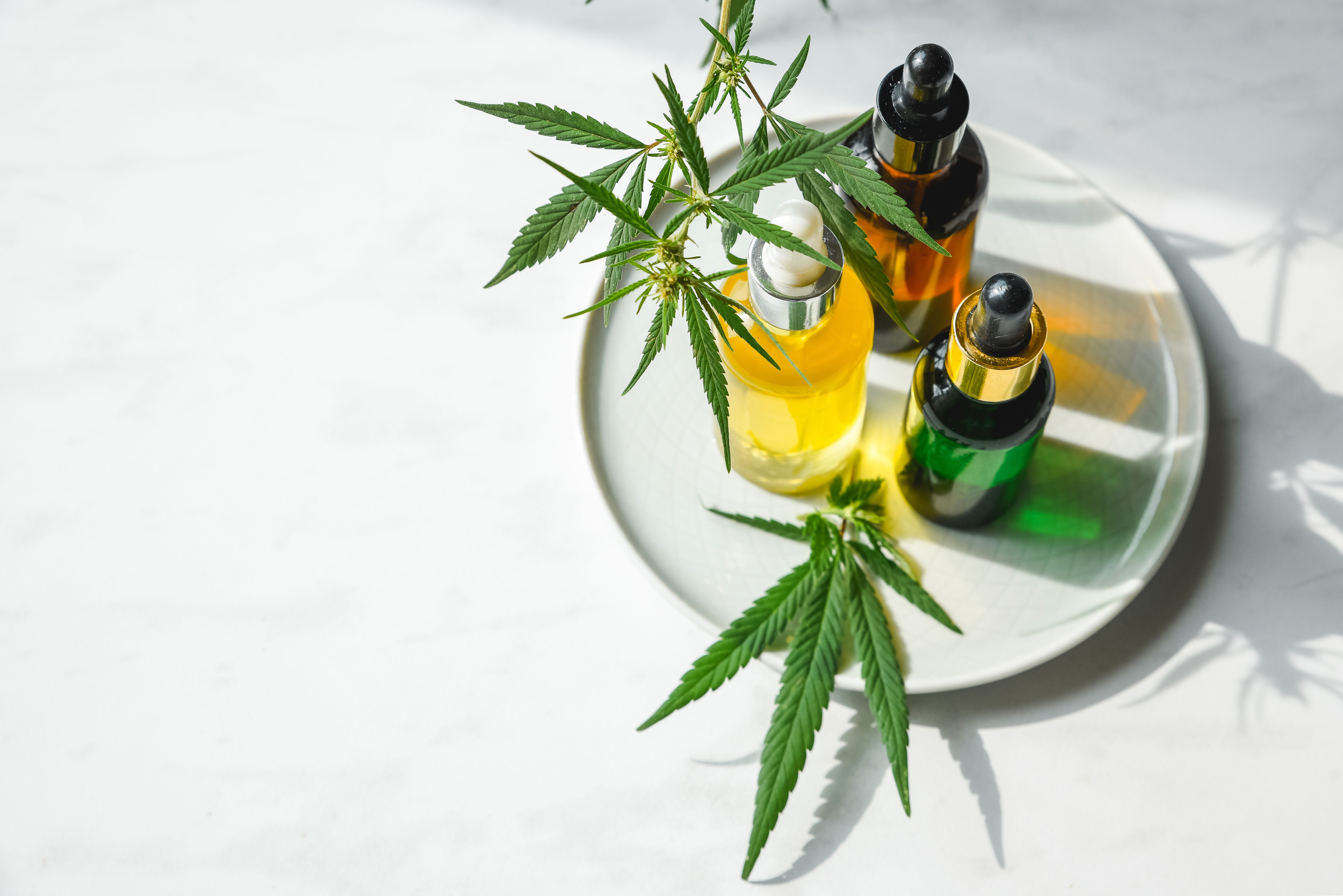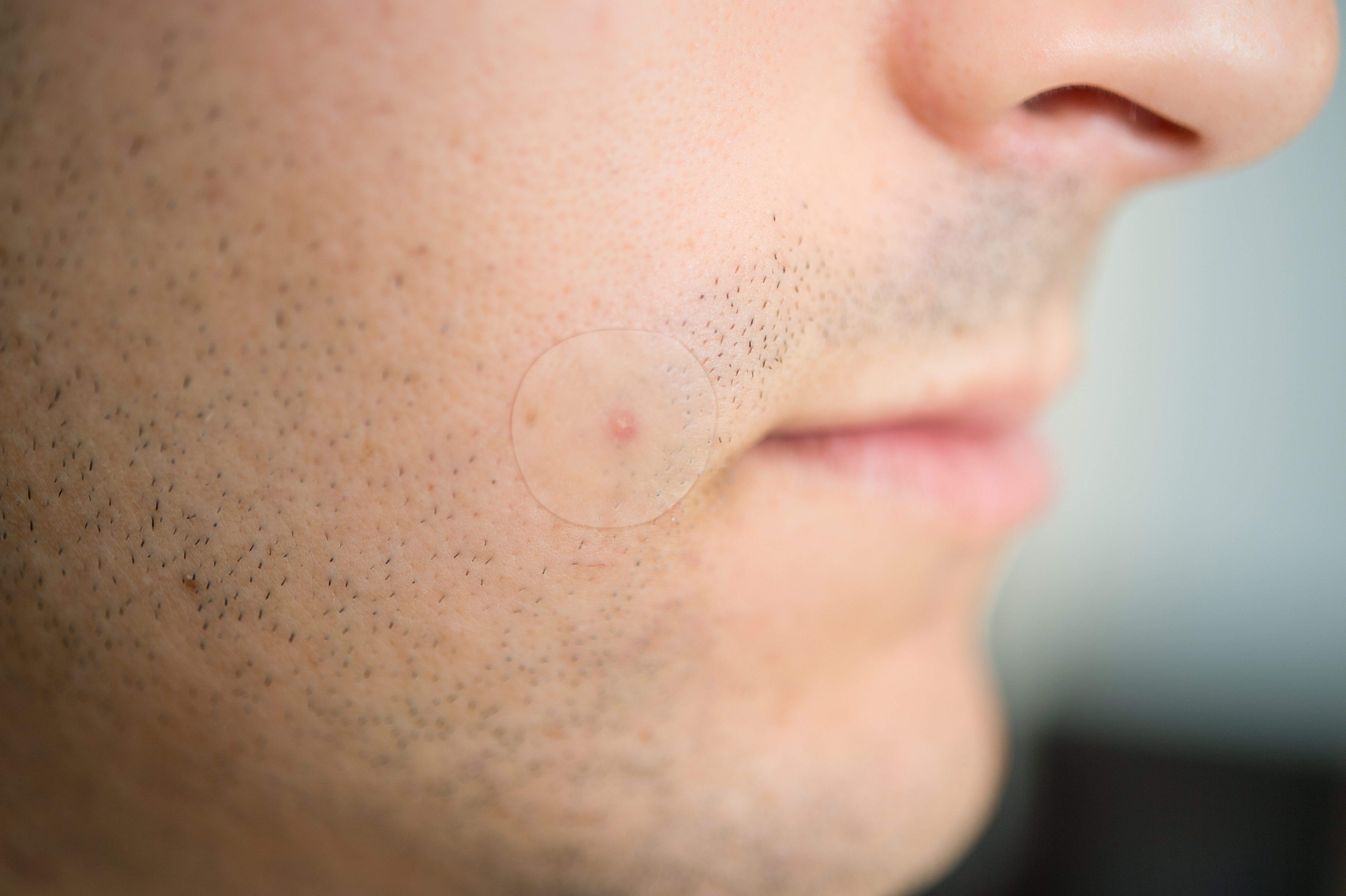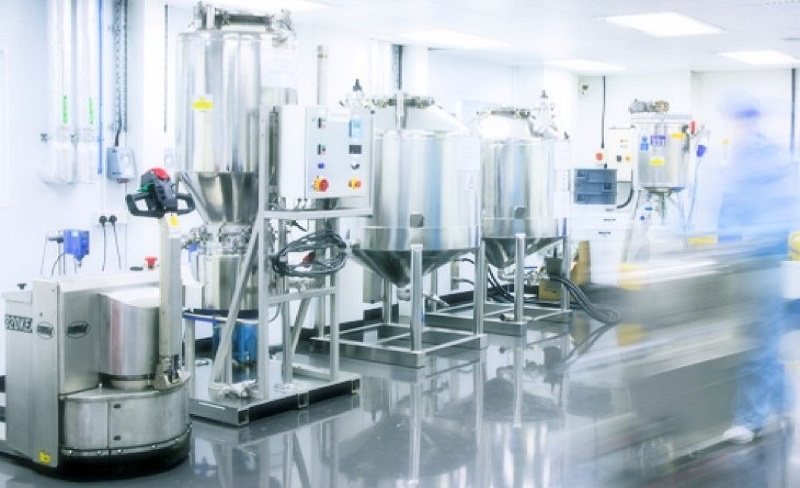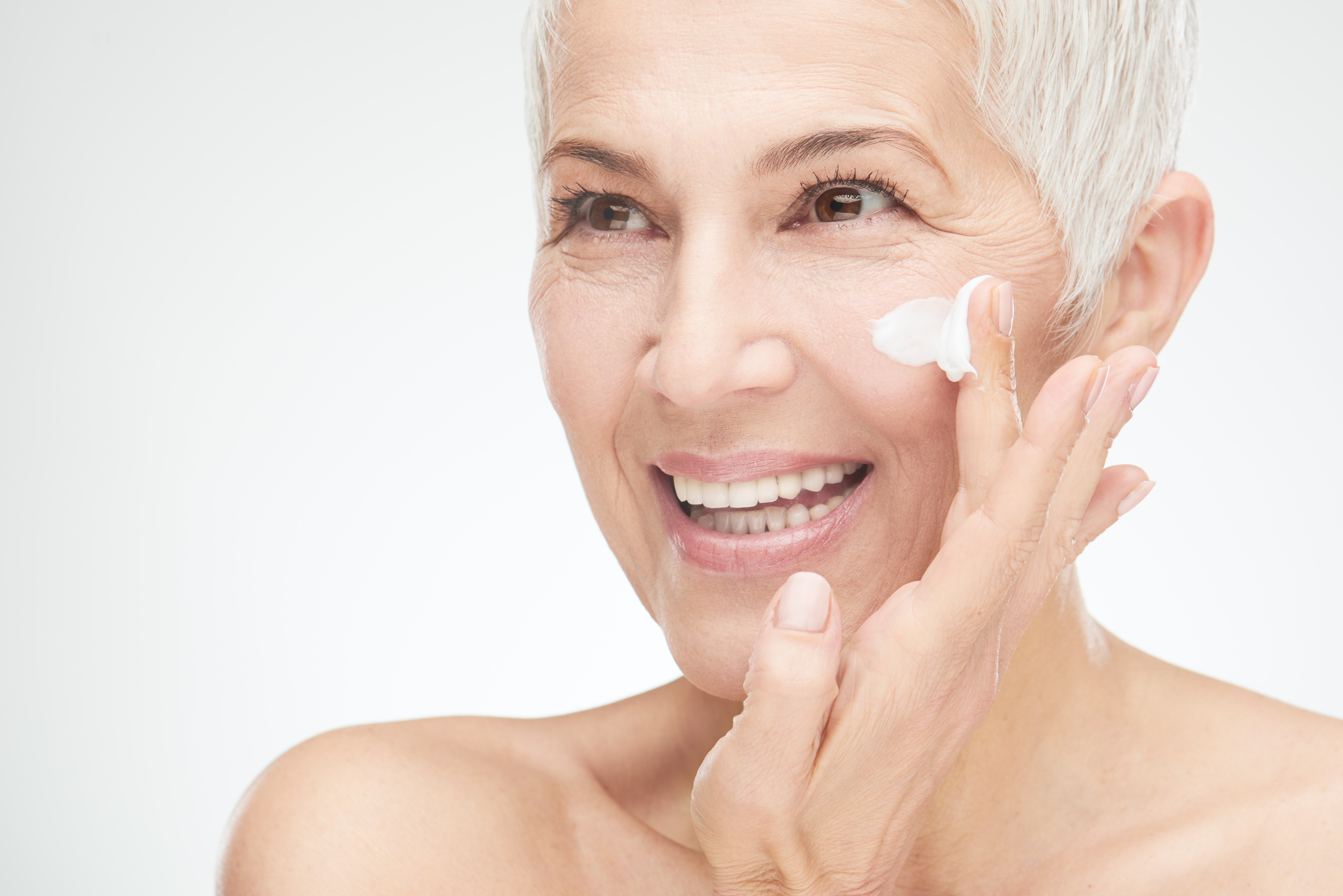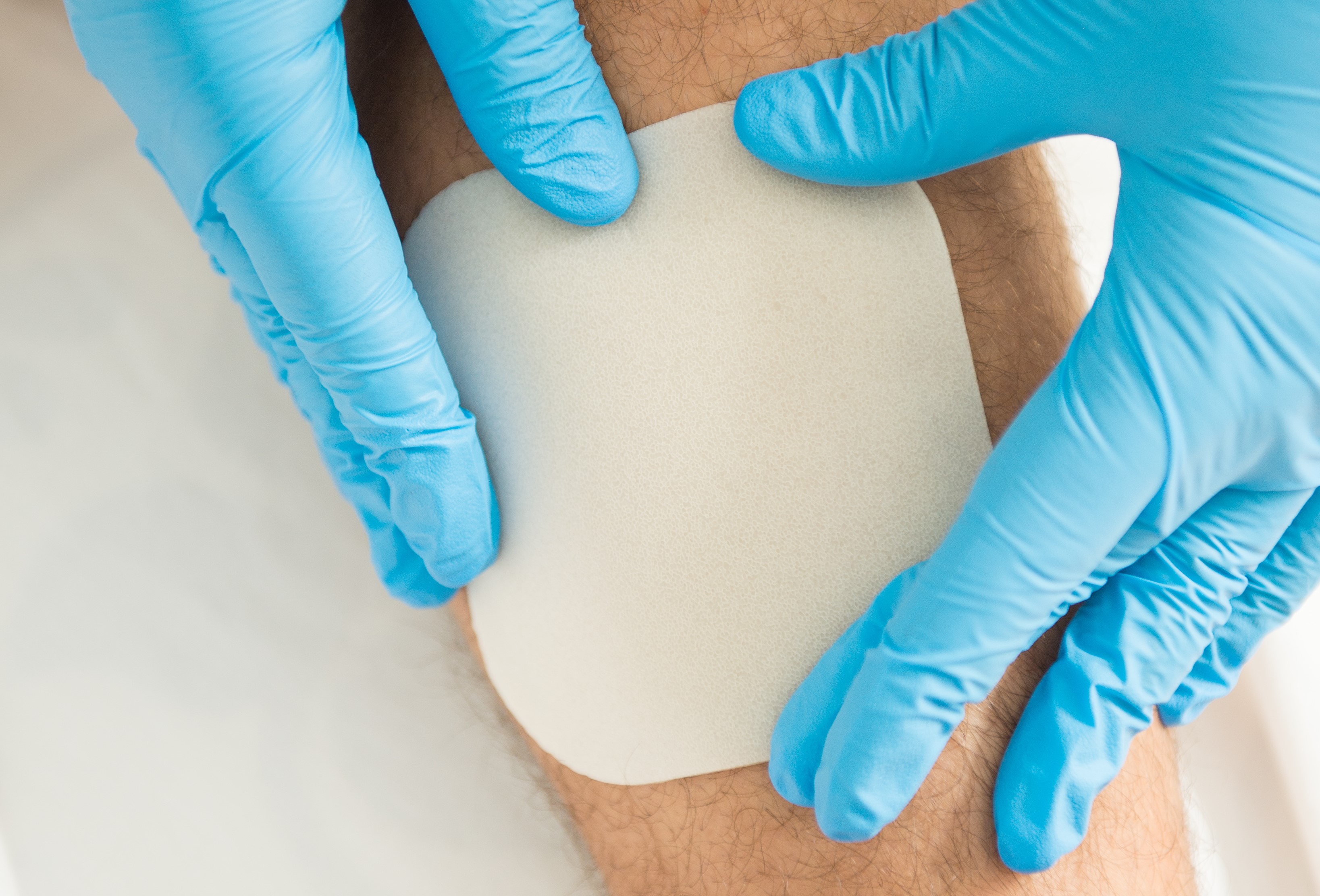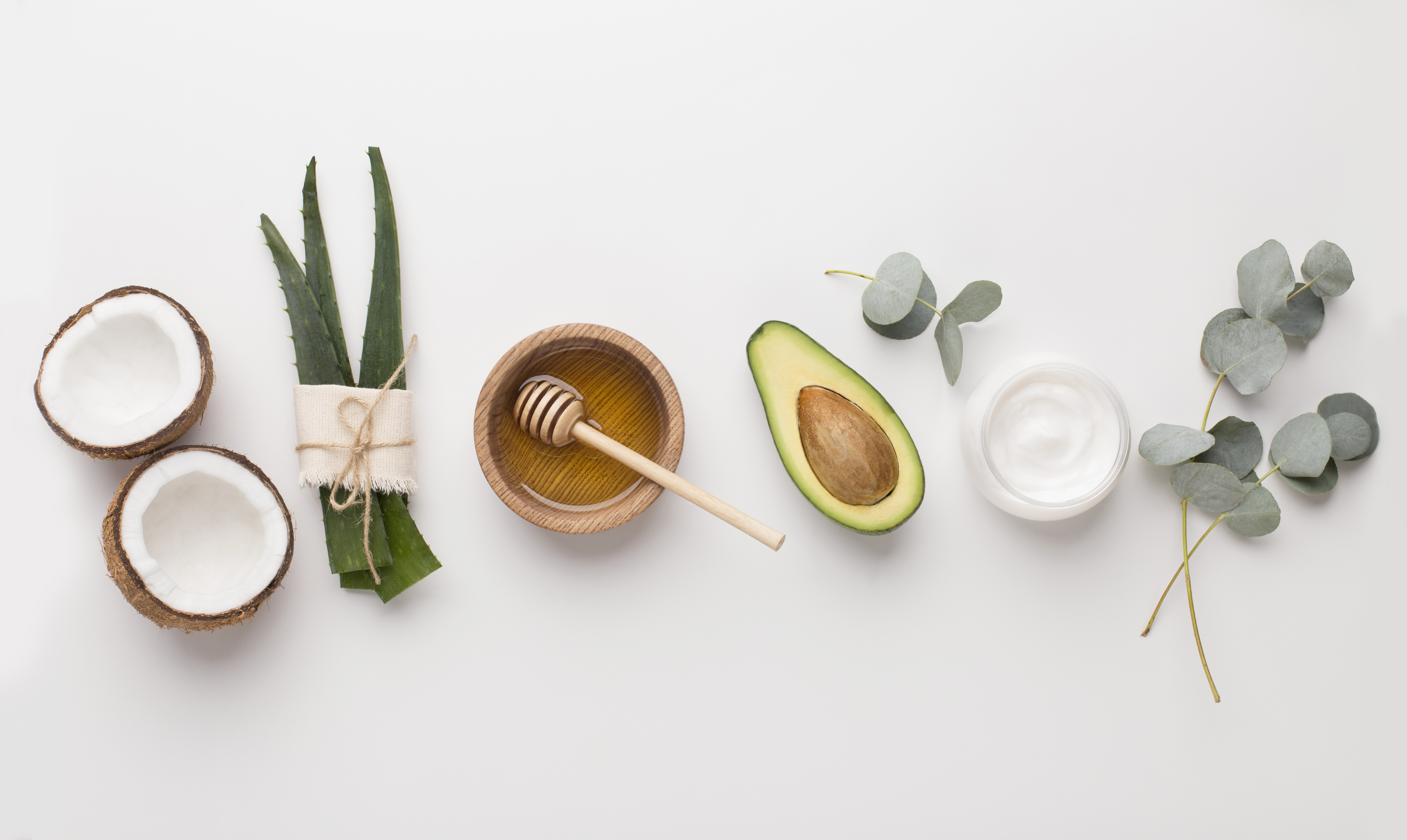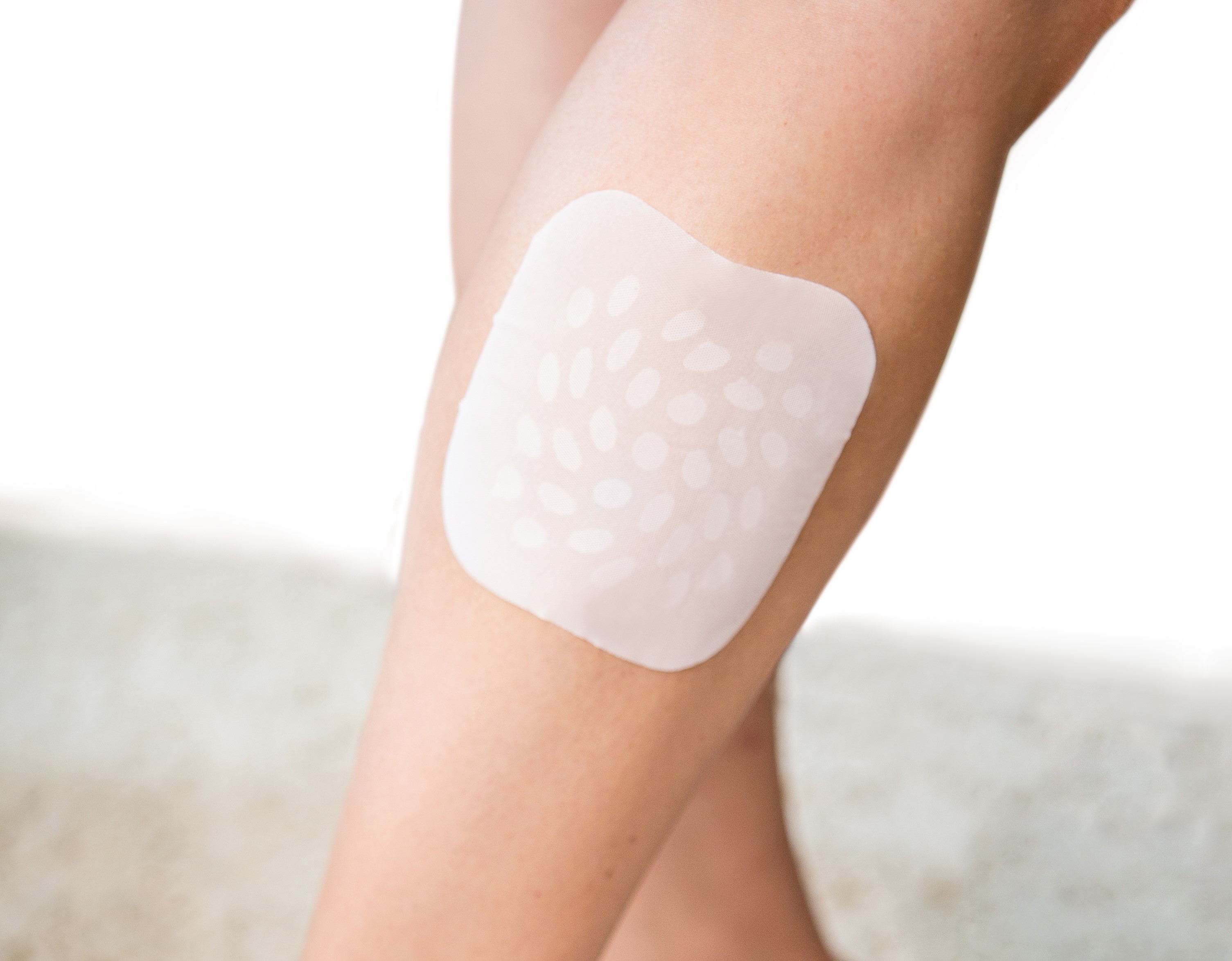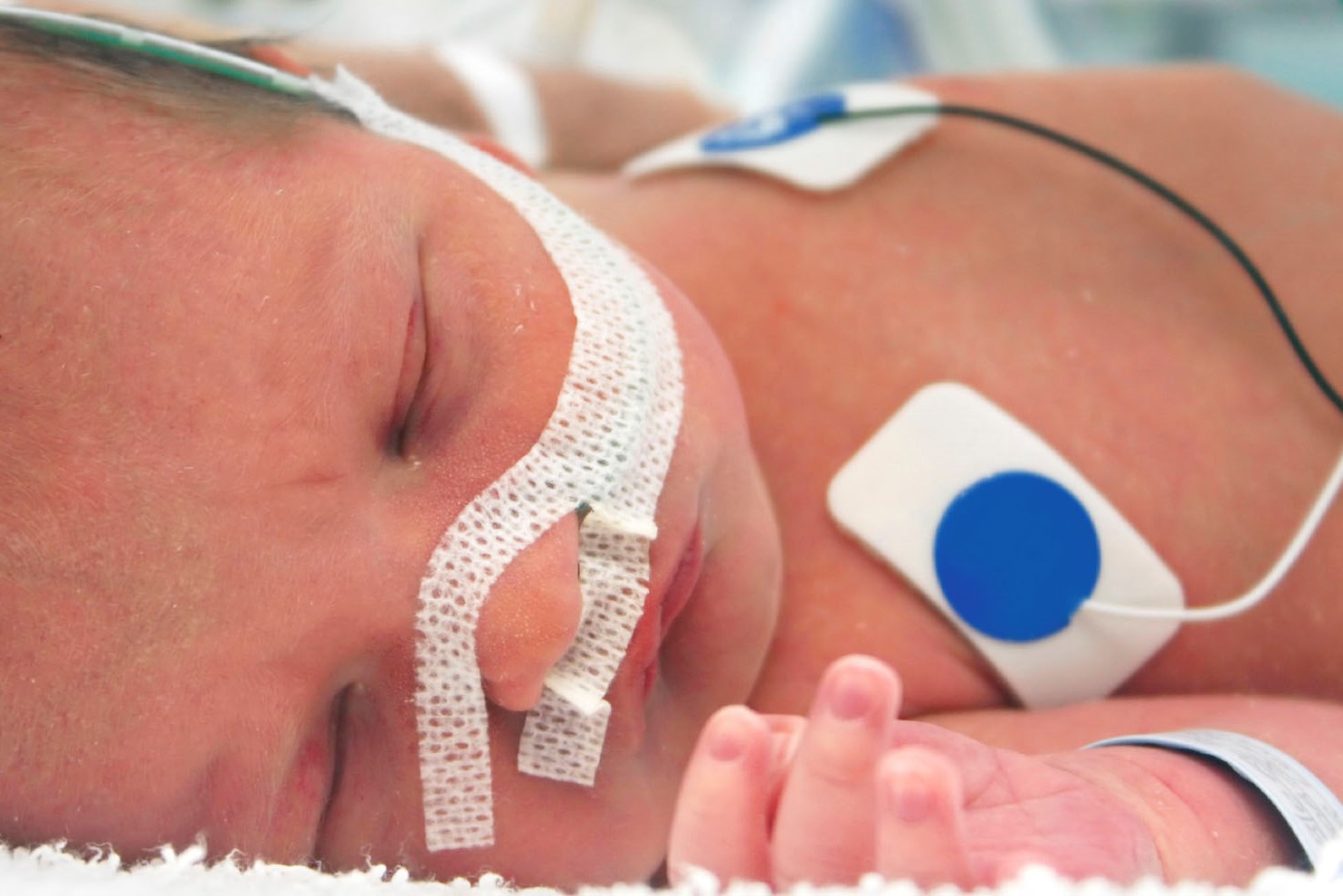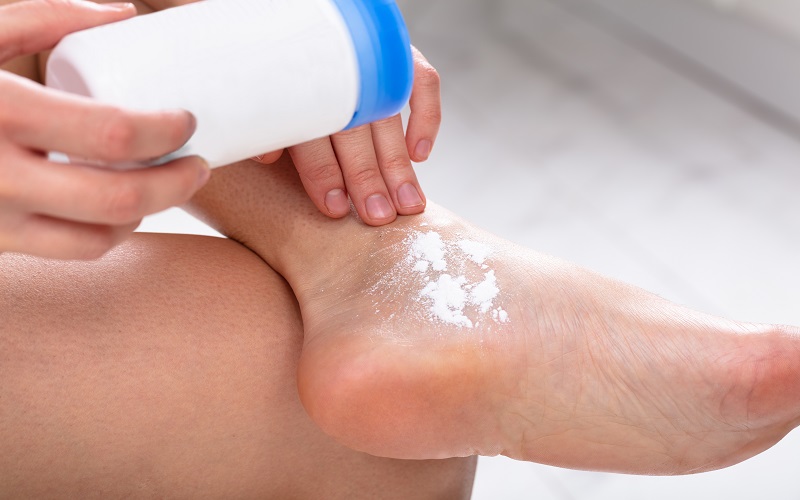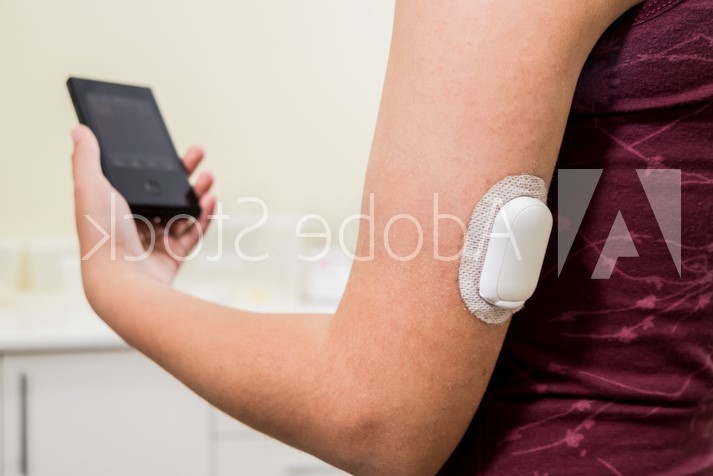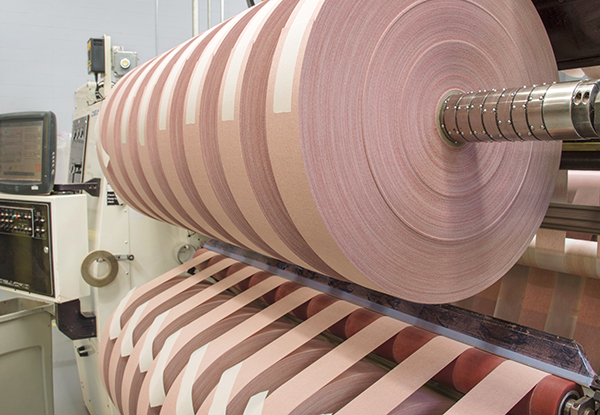Ensuring a high quality of care is a critical requirement in any wound healing process. Wound cleansing plays an integral part in the management of acute traumatic wounds and chronic wounds and can help create favorable conditions for healing.
Ensuring a high quality of care is a critical requirement in any wound healing process. Taking optimal care of wounds has become synonymous with prevention and management of microbial contamination.[1].
Wound cleansing plays an integral part in the management of acute traumatic wounds and chronic wounds and can help create favorable conditions for healing.[2] The goal is ultimately to optimize the wound environment by removing loose/foreign material and devitalized tissue in the wound bed, removing dressing residue, removing excessive or dry exudate, reducing contamination and bacterial load, inhibiting biofilm activity; therefore, reducing the overall risk of infection.
Wound cleansing should be performed in a manner that minimizes trauma, as new epithelial cells and vessels are often delicate. Among the many methods of debridement, irrigation is often the preferred method of wound cleansing, as it can clear the damage caused by debris and microbes while avoiding further damage to the wound bed.[3] When selecting an appropriate wound irrigation solution, there are many options to choose from. Factors to consider include the ability to mount a rapid antimicrobial response to contamination while avoiding damage to human cells essential for wound healing[4].
A wound should be cleansed if signs of infection or slough are present, if it is visibly contaminated with material that increases the risk of infection, or it visibly contains debris.[5] Antiseptic wound-cleansing solutions are becoming a popular addition to the toolkit for managing wounds that present signs of colonization, including the presence of biofilm, excess exudate, necrotic tissue, or debris.[6]
Wounds that contain a suspected biofilm/increased bioburden should be managed with an approach including the combination of wound cleansing/irrigation or debridement and application of topical antimicrobial agents to facilitate healing by disrupting, removing, and preventing the reformation of biofilm.[7] Antiseptic wound cleansing solutions – particularly in critically colonized wounds – should be used in the following instances: when a localized infection has already developed in patients with a history of recurrent infection, and when systemic antibiotics must be given to halt a spreading infection.[8]A topical antiseptic solution should typically be used for up to five and no longer than 14 days. After five days, the wound should be re-assessed for signs of improvement, such as a reduction in slough or odor, which would indicate a reduced bacterial burden. Once the wound has improved, the use of the antiseptic cleansing solution should be continued to applied up to 14 days and then discontinued.[1]
Innovations in Wound Cleansing
A new class of wound cleansers based on glycopolymers are being developed. This type of wound cleanser promotes healing by limiting bacterial infection of acute and chronic wounds.
Scapa Healthcare has recently added a glycomic based wound cleanser with U.S. FDA 510(k) clearance to its portfolio. If you are looking for a partner to bring cutting-edge wound management solutions to market, Scapa has a wealth of experience in creating advanced wound care products that leverage our skin contact adhesive and topical technologies. Contact us at [email protected].
View website


